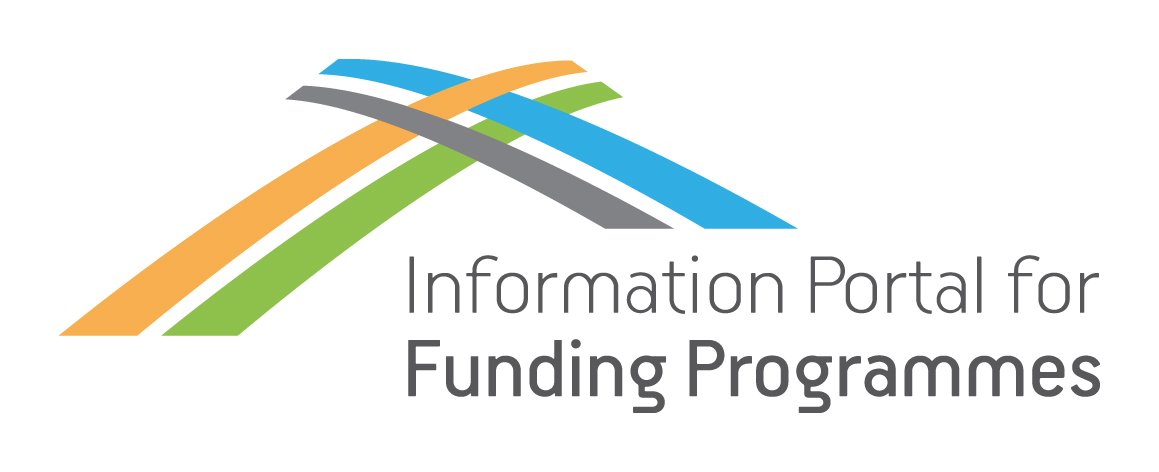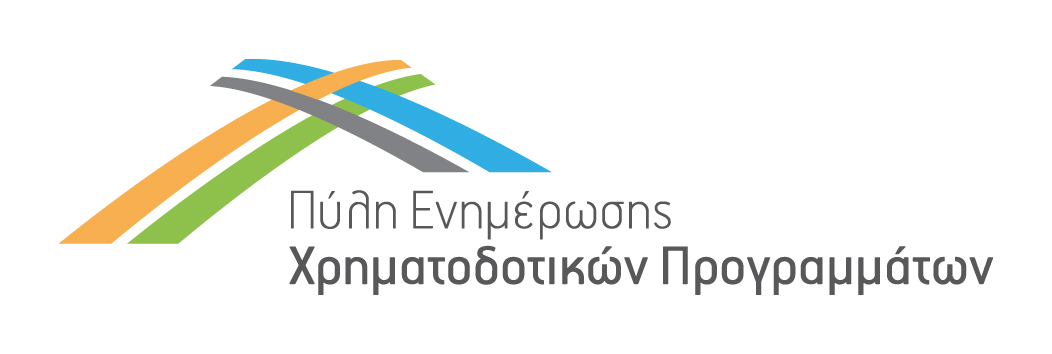Blue Parks – Towards a coherent European network of strictly protected areas for restoring healthy and productive marine ecosystems
Programme Category
Programme Name
Programme Description
Horizon Europe is the European Union (EU) funding programme for the period 2021 – 2027, which targets the sectors of research and innovation. The programme’s budget is around € 95.5 billion, of which € 5.4 billion is from NextGenerationEU to stimulate recovery and strengthen the EU’s resilience in the future, and € 4.5 billion is additional aid.
Identifier Code
Call
Summary
The EU Biodiversity Strategy for 2030 sets a target to legally protect at least 30% of EU seas and to strictly protect 10% of EU seas by 2030. Member States have supported this target and have started the scientific and technical work to identify new areas to be (strictly) protected. Strictly protected areas are also expected to play a role in the implementation of obligations to restore habitats listed in the Regulation on Nature Restoration (habitat types in Annex II and habitats of species covered by the regulation) through passive restoration. There are however many data gaps concerning the distribution and condition of habitats and potential different strategies in Member States to find suitable areas for strict protection that may hinder the creation of a truly coherent EU network of strictly protected areas. There is a need for science-based conservation planning at a sea basin or sub-basin scale which would also take into account potential trade-offs due to the main uses of the sea as well as maximise benefits for climate and fisheries. While there are ongoing projects that should support the planning of future EU Marine Protected Areas (MPAs) networks, none of them is currently focusing on the specific target of strictly protected areas and delivering benefits for climate and fisheries, as well as explicitly addressing potential spatial trade-offs with offshore renewables and other activities.
Detailed Call Description
This topic addresses Mission ocean and waters’ Objective 1 on the protection and restoration of marine ecosystems and biodiversity, in line with the aims of the Biodiversity Strategy as well as on the objectives of the Regulation on Nature Restoration. They should also contribute to the aims of the Marine Action Plan[4] and to the implementation of the Birds, Habitats[[Council Directive 92/43/EEC; Directive 2009/147/EC]] and Marine Strategy Framework Directives, as well as the common fisheries policy and climate policy and legislation.
Proposals should focus on prioritising areas for strict protection in European seas by providing a scientific basis for Member States/Associated Countries to designate new strictly protected areas, whilst delivering benefits for fisheries and climate.
Projects should identify potential areas and coherent networks of strictly protected areas covering in particular the habitat types listed in Annex II of the Regulation on nature restoration and habitats of species covered by the regulation, prioritising those habitats which are spawning, nursery and feeding areas for fish populations and species protected by the nature legislation, capturing and storing carbon as well as enhancing coastal protection. Projects should also include mapping and assessing conditions of these habitats, contributing to the implementation of Article 5 of the Regulation and providing data to EMODnet and the Digital Twin Ocean
Projects should promote trans-boundary joint actions, as national borders are most often inaccurate for reflecting natural boundaries (resource stocks, fluxes of organisms, habitats distribution). The project should also promote inter-disciplinary research (including legal sciences, economy, ecology etc.) and inter-sectorial, transdisciplinary approaches (practitioners, decision makers, scientists).
Compatibility of optimal network(s) of strictly protected areas as well as potential trade-offs with marine/maritime activities, (e.g.: fisheries, offshore wind energy and maritime transport), should be addressed.
All following activities should be covered:
- Review and compile data about the distribution and condition of habitat types listed in Annex II of Regulation on nature restoration, including by compiling data currently not available from public repositories, and collecting new data where necessary.
- Review and compile data, collecting new data where necessary, about spawning, nursery and feeding areas of fish species and species protected by nature legislation, as well as areas with habitats which play a key role in carbon capture and storage and for coastal protection, including by compiling data currently not available from public repositories.
- Based on the ecological needs of those habitats and their typical species (including for example connectivity of habitats or life cycles of species), determine optimal network(s) of strictly protected areas, contributing to the 10% target of the Biodiversity Strategy, that would best support the protection of habitats and the delivery of significant benefits for fisheries and climate, for example through spill-over effects or by ensuring undisturbed capture and storage of carbon and coastal resilience and preventive measures for protection.
- Address the compatibility with and potential trade-offs in relation to planned marine/maritime activities, (e.g.: fisheries, offshore wind energy, coastal development and maritime transport) that may overlap with the identified optimal network(s) of strictly protected areas. Relevant Marine Spatial Planning plans should be taken into account.
Call Total Budget
Financing percentage by EU or other bodies / Level of Subsidy or Loan
100%
Expected EU contribution per project: between €4.00 and €5.00 million.
Thematic Categories
- Environment and Climate Change
- Fisheries/ Aquaculture and Maritime Policy
- Research, Technological Development and Innovation
Eligibility for Participation
- Businesses
- Educational Institutions
- Fishermen, Aquaculturists, Owners of Vessels
- Large Enterprises
- Legal Entities
- Local Authorities
- NGOs
- Other Beneficiaries
- Private Bodies
- Researchers/Research Centers/Institutions
- Semi-governmental organisations
- Small and Medium Enterprises (SMEs)
- State-owned Enterprises
Eligibility For Participation Notes
A number of non-EU/non-Associated Countries that are not automatically eligible for funding have made specific provisions for making funding available for their participants in Horizon Europe projects.
Call Opening Date
Call Closing Date
National Contact Point(s)
Research and Innovation Foundation
Address: 29a Andrea Michalakopoulou, 1075 Nicosia, P.B. 23422, 1683 Nicosia
Telephone: +357 22205000
Fax: +357 22205001
Email: support@research.org.cy
Website: https://www.research.org.cy/en/
Contact Person:
Mr. Christakis Theocharous
Scientific Officer A’
Email: ctheocharous@research.org.cy




